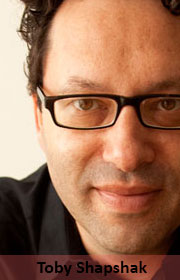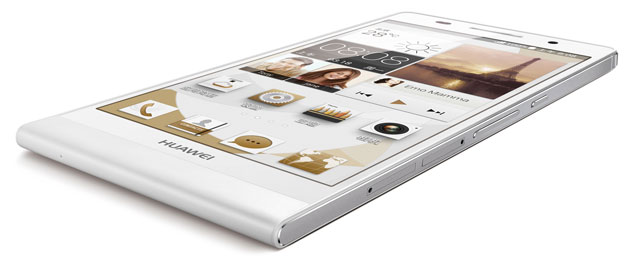 Rarely are the kings of one era the kings of the next. Just as Nokia and BlackBerry were the kings of the pre-smartphone era, so they were eclipsed by Apple and its fast-follower, Samsung. The same is true of Palm, which reigned in the preceding age of the personal digital assistant.
Rarely are the kings of one era the kings of the next. Just as Nokia and BlackBerry were the kings of the pre-smartphone era, so they were eclipsed by Apple and its fast-follower, Samsung. The same is true of Palm, which reigned in the preceding age of the personal digital assistant.
But just as Nokia, which at one point sold two out of every three cellphones and had 60% market share, and BlackBerry, which had some 40% of the market share for smartphones, ultimately misjudged the next revolution, so it seems will Apple and Samsung.
Nokia and BlackBerry’s declining years were characterised by trivial, incremental upgrades that were punted as significant, but which were ultimately inconsequential. The companies’ technologies had plateaued and no amount of spin could sell it otherwise. Consumers voted with their wallets.
These same signs of decay are emerging at Apple and Samsung. The iPhone 5 and Galaxy S4 were minor upgrades. The “institutional arrogance”, as one analyst put it, which plagued the previous kings, now characterises Apple and Samsung. That kind of holier-than-thou attitude can kill a business — just look at the stagnation at Microsoft and Yahoo.
At the once-mighty Apple, the Steve Jobs-inspired run is over. We might as well admit it. Even the beautifully designed new Mac Pro feels a little ho-hum.
At Samsung, the decade spent fighting to be “number one” in every category has paid off. Its television sets lead the market, and it sells more smartphones and just plain old phones than Nokia.
And yet, like all the once high-flying PC makers selling Windows computers, Samsung is as tied to Google, with Android, as Dell or Hewlett-Packard were to Microsoft. Samsung is great with the hardware but weak on software, where it leans on Android.
And both Samsung — which sells half of all smartphones and one in four feature phones — and Apple face pressure because their primary markets for smartphones, in the developed world, are saturated. Despite projecting record sales, Samsung’s share price fell as investors were beset by this very fear.
The next behemoth waiting in the wings, ladies and gentlemen, is China’s Huawei.
You might say, not entirely incorrectly, that Huawei is simply cloning Samsung’s strategy of cloning Apple.
To put it another way — perhaps unfairly to Huawei — if Apple and Samsung are the Ferraris and Lamborghinis of smartphones, then Huawei is the Toyota. And most of the world drives Toyotas — especially in the developing world, including Africa, where all the growth in smartphones is expected to come from.
Just look at Huawei’s new super-slim Ascend P6. At just 6,18mm, it is the latest claimant to the “thinnest smartphone in the world” title. Launched on 18 June, it is a wonder of a smartphone, with all the usual trimmings you’d expect, except two: its price, an estimated R5 000 to R6 000 where such handsets are easily R8 000 or more, and the 5 megapixel front-facing camera. The P6 is a Lexus priced as a Toyota.

The price is key. Apple, Samsung, Sony, BlackBerry and Nokia are forced to charge high prices for their high-margin smartphones. Huawei’s core business is selling the actual networks they run on. And those 3G dongles we all use in our laptops.
Unlike the current kings, which need to protect both their market share and margins, Huawei has nothing to lose and everything to gain. It will make smartphones cheaper, which will appeal to price-conscious emerging-market consumers, and that’s where the growth is going to come from in the next decade.
Describing it as “the most fantastic partner” and “the most extraordinary engineering organisation”, Carphone Warehouse founder and chairman Charles Dunstone said at the P6 launch: “I think Huawei are going to be a very, very big player in the smartphone market.”
- Toby Shapshak is editor of Stuff magazine. This column was first published in Financial Mail




